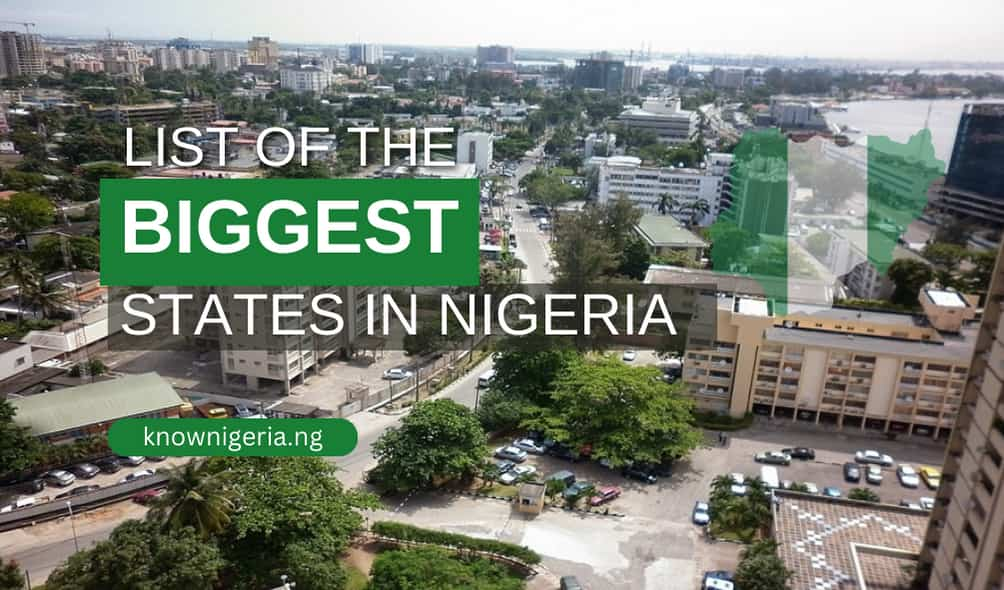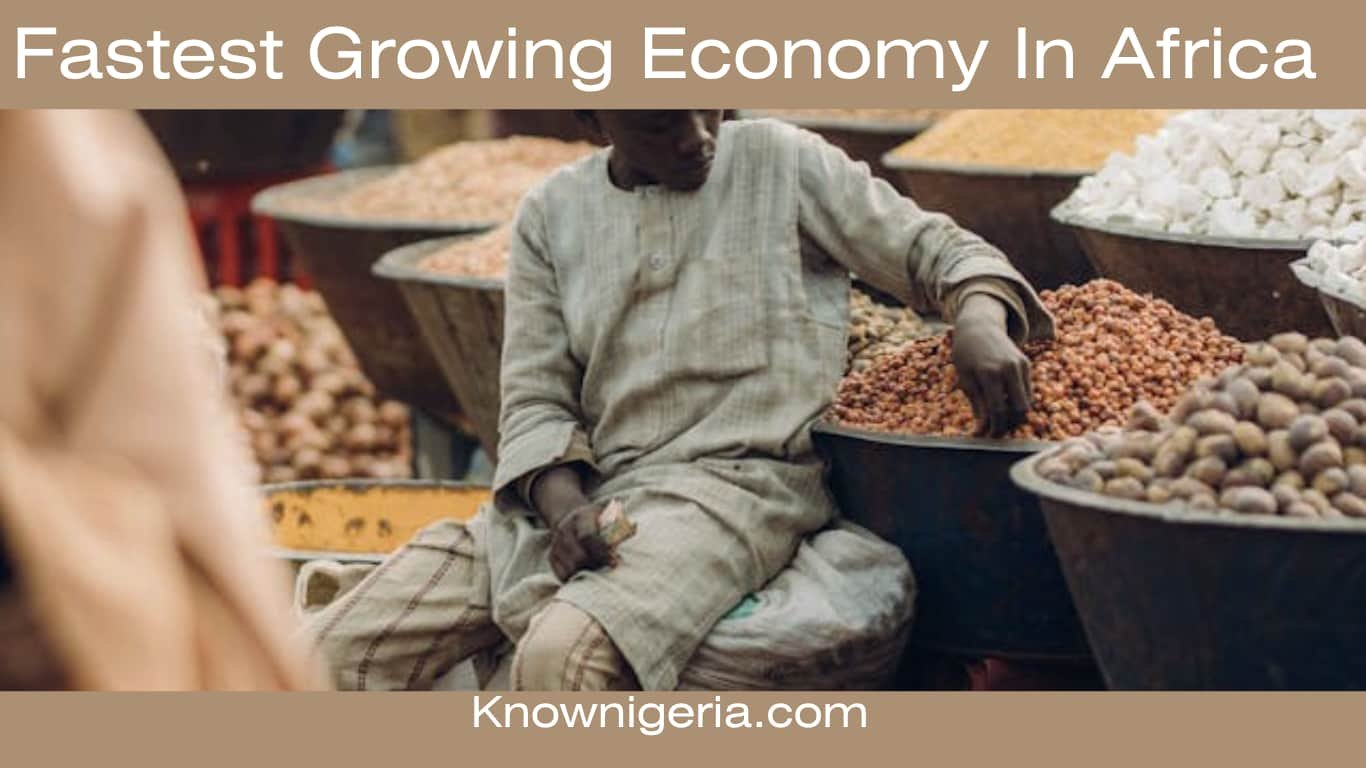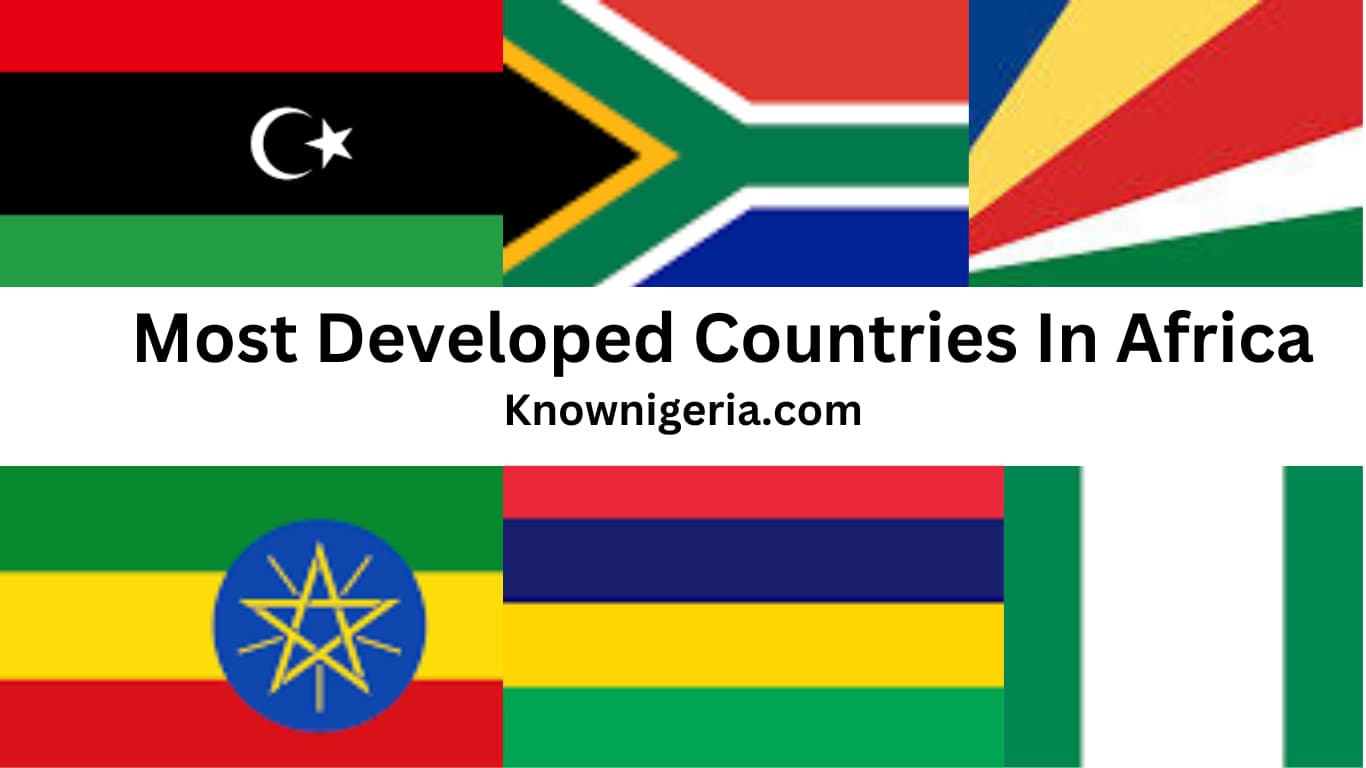Nigeria is a very enormous place; so much so that it’s one of the largest in West Africa and indeed in the entire continent by landmass. If the population is how you decide to define large, then Nigeria easily becomes the number one country in Africa.
However, we’re not talking about Nigeria’s size compared to other countries today; rather, we’ll be looking at how big Nigeria’s states are. Nigeria has 37 unequal subnational units called states, and while some of them are tiny, others can easily compete with medium-sized African countries.
As the title suggests, this article will focus on the biggest states in Nigeria. Starting from Niger, the largest state, down to the 10th biggest state in Nigeria, you’ll get a comprehensive guide about the size of the biggest states in Nigeria and what they contribute to her, economically and otherwise.
Table of Contents
List of the Biggest States in Nigeria
Nigeria is a full-fat 923,768 square kilometers of land divided into 37 unequal subnational units, so yes, there are going to be some exceptionally large states in Nigeria. Here are 10 of the biggest states in Nigeria, how large they are, and what they contribute to the country.
1. Niger State
Niger is the largest state in Nigeria by landmass, roughly measuring around 76,363 square kilometers. For context, that’s around the same size as Sierra Leone and can fit roughly two Guinea Bissau’s with a few thousand square kilometers to spare.
Niger’s insanely enormous landmass isn’t all that useless, as the state is home to three of Nigeria’s biggest hydroelectric power stations: Jebba, Shiroro, and the well-known Kainji Power Station. The state’s official slogan is The Power State, an understandable nickname when you account for the foregoing.
Despite the state’s enormous size, Niger has a meager population of 3,954,772 (2006), ranking it 18th of the 36 states in Nigeria. Also, Niger State has two public universities, the Federal University of Technology Minna (FUTMINNA), and Ibrahim Badamasi Babangida University. Considering that it’s one of the biggest states in Nigeria, it could use a few more, spread across key areas in the state.
2. Borno State
The embattled state of Borno in North-East Nigeria is, unsurprisingly, the second-largest state after Niger by total landmass. With an estimated size of 70,898 square kilometers, its vast forests served as bases for the infamous Boko Haram terrorist group during their reign of terror in the North East.
Borno is one of the most terrorized states in Nigeria, which is ironic as the state’s official slogan is Home of Peace. It was the target of numerous attacks by the Boko Haram terrorist group, and several local governments in the state were at one time under the control of the terrorists.
On the plus side, Borno is home to a section of Lake Chad, making it a source of freshwater fish for Nigerians. It also borders Cameroun, Niger, and Chad and serves as a crucial exit point for items deemed for export to those countries, making it not entirely useless as one of the biggest states in Nigeria.
3. Taraba State
Taraba is the third largest state in Nigeria, with a total land area of 60,291 square kilometers. While it’s measurably smaller than Borno, it’s not that far off, and its population isn’t commensurate with the sheer amount of landmass the state has to spare.
The state’s large and mostly uncultivated land makes it a paradise for agriculture, a potential that still hasn’t been tapped to its full extent in Taraba. It’s also home to the proposed Mambilla Hydroelectric Power Project, a project that, when completed, will make it one of the biggest suppliers of power to Nigeria and her neighbors.
As expected, most Taraba residents engage in farming, with the state’s official website putting the estimates at 75% of the population being farmers. Even with that, a significant part of Taraba’s fertile lands remain uncultivated, owing mostly to the lack of mechanization in the state’s farming activities.
4. Kaduna State
Located just beside the Federal Capital in North-West Nigeria, Kaduna State is perhaps the most diverse state in Northern Nigeria, hosting a diverse range of individuals from different tribes, religions, ethnic groups, and cultural backgrounds. Its 46,053 square kilometers of landmass are just above half that of Niger’s, but it hosts nearly twice as many people, making it a more important area.
With an estimated population of 8.91 million people as of 2021, Kaduna is the fourth most populous state in Nigeria, making it the only state with a population that’s roughly commensurate with its size. It’s worth noting that the population number also makes it one of the biggest states in Nigeria by population.
In addition to humans, Kaduna is famous for its huge crocodile population; in fact, the name ‘Kaduna’ is a corruption of Kada, which means crocodile in the state’s native Hausa language. It’s also an industrial powerhouse in Nigeria, serving as the de facto textile manufacturing capital of the country.
5. Bauchi State
Bauchi, with a landmass of 45,893 square kilometers and an estimated population of about 8 million, is the fifth-largest and seventh-most populous state in Nigeria. It’s located in the North-East geopolitical zone and is famous for its impressive biodiversity.
Thanks to its biodiversity, Bauchi houses the insanely popular Yankari National Park, which contains significant populations of animals like hippos, antelopes, patas monkeys, and the African buffalo, among others. It also houses some endangered species, like the West African lion and the African bush elephant, making it an essential member of the biggest states in Nigeria.
Agriculture is the primary driver of Bauchi’s economy, as it is with almost every other North-Eastern Nigerian state. The state grows a wide variety of food and cash crops, including cotton, tomatoes, groundnuts, and yams, and it also houses herders that rear livestock. Mining contributes to the state’s economy too, but not nearly as much as farming and livestock production.
6. Yobe State
Yobe State was established from the old Borno State, and it managed to be so enormous that it’s the sixth biggest state in Nigeria by landmass. Despite being one of the biggest states in Nigeria, its 3.3 million population puts it in the lower section of the population rankings, making it one of the eight least populated states.
Being one of the core Northeastern states, Yobe was a target of constant Boko Haram attacks throughout the last decade, contributing to its low population and ailing economy. Inter-ethnic rivalries are also common in the state, worsening a situation that’s already bad.
The primary occupation of Yobe residents is crop and livestock production. Common agricultural products in Yobe include groundnuts, beans, gum Arabic, cotton, and cattle. It’s also an interesting prospect for solid mineral mining, as the state is rich in kaolin and gypsum.
7. Zamfara State
With nearly 40,000 square kilometers of landmass, Zamfara State is one of the biggest states in Nigeria, only drawn back by its constant security and economic woes. The state is located in northwest Nigeria and has the slogan ‘Farming is Our Pride.’
As expected from the pretty revealing slogan, most Zamfara residents are farmers, but mining is also a common source of employment in the country. The country’s most abundant natural resource is gold, and a significant part of its mining sector is informal, making the industry hardly useful to the Zamfara state government.
Farmers in Zamfara grow several food and cash crops, including Guinea corn, millet, maize, rice, tobacco, and beans. On the other hand, the mineral resources available in the state apart from gold include iron ore, granite, limestone, and quartz.
8. Adamawa State
Adamawa is one of the most heterogeneous states in Nigeria, housing over 100 different indigenous ethnic groups—a rather unsurprising feat for one of the biggest states in Nigeria. Fulani is the dominant ethnic group in the state, but tribes like Hausa, Marghi, Gude, Jukun, and Bata are also present in their numbers.
Like most other states with vast land areas, Adamawa residents are primarily farmers and herders who grow crops like cotton, millet, guinea corn, and tubers, both on a subsistence and commercial scale. Thanks to its buoyant agricultural economy, the state boasts the best economy in the Northeast, a feat that sounds less impressive when you discover it ranks 18th across the country.
Adamawa is popular for its vibrant cultural landscape, evident from the indigenes’ music, dances, craftsmanship, and dress patterns. Unsurprisingly, the state has a UNESCO World Heritage Site, The Sukuk Cultural Landscape, proving the natives’ adoration of their culture.
9. Kwara State
Kwara is one of the most ethnically diverse states in Nigeria, conveniently located in the North Central geo-political zone, also known as the Middle Belt. With over 36,825 square kilometers of land area, Kwara places ninth among the biggest states in Nigeria and is only the second North Central state to make this list.
Despite its enormous size, however, its population is only an estimated 3.2 million, making it the 4th least populated state in the country and the state with the lowest population density. The vast majority of those 3 million Kwarans are Yoruba, but Kwara has significant Nupe, Busa, Fulani, and Baatonun inhabitants too.
The state is best known as an educational hotspot, especially for southwestern Muslims seeking advanced Islamic education. Economically, the state is dependent on crop farming, but cattle herding and ranching are becoming increasingly popular in the state, especially among the minority Fulani population. While it ranks pretty low on the list, it’s still one of the biggest states in Nigeria.
10. Kebbi State
With a total landmass of 37,699 square kilometers, Kebbi is a relatively large state in Nigeria, located in the northwestern region of the country. Its estimated population (2019) is around 5 million, and it borders two countries: Benin Republic to the west and Niger to the North.
The state has an active socio-cultural profile; for one, it hosts the insanely popular annual Argungu International Fishing Festival. Also, on the Kebbi-Niger border is the Kainji Lake reservoir, an essential water body for irrigation and fishing in Nigeria; that’s frankly enough utility for one of the biggest states in Nigeria.
Like most neighboring states, agriculture is the main driver of Kebbi’s economy, with a significant percentage of the state’s farmers practicing at the subsistence level. Crops like groundnut, cotton, gum arabica, cowpea, and grains constitute a significant percentage of the state’s agricultural produce, and there’s some activity on the livestock production front too.
Conclusion
An interesting fact about Nigeria is that the tiniest state by landmass (Lagos) happens to have the highest population (arguably). Kano is the second most populous state, and you may have also noticed that it didn’t make an appearance in the list either.
In short, the landmass of a Nigerian state says very little about its appeal or economic prosperity. While the biggest states in Nigeria, like Niger and Borno, have all the land, tiny states like Lagos have all the wealth and people, and that matters too!
If you like our content, we know you would love our excellent content on our Youtube channel, Tiktok, Facebook, Instagram, and Twitter. Please subscribe and follow us for more Premium Know Nigeria content.










